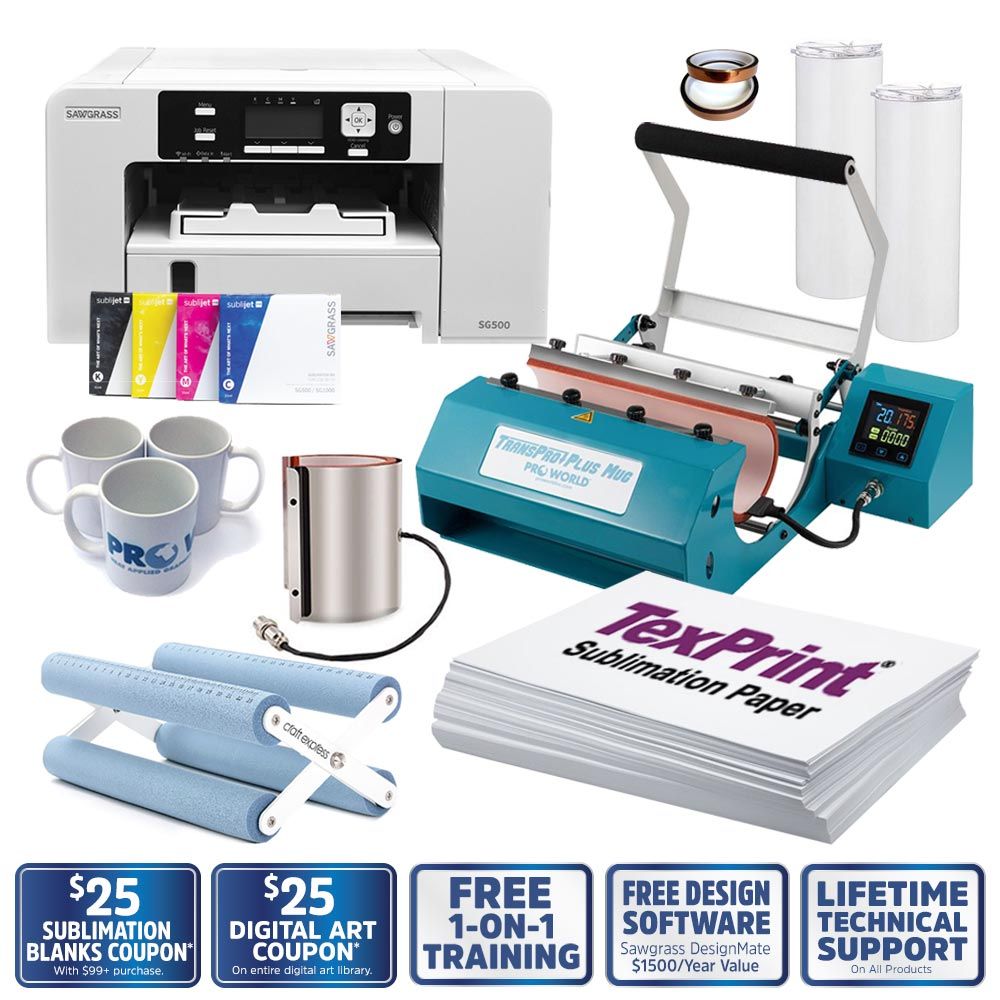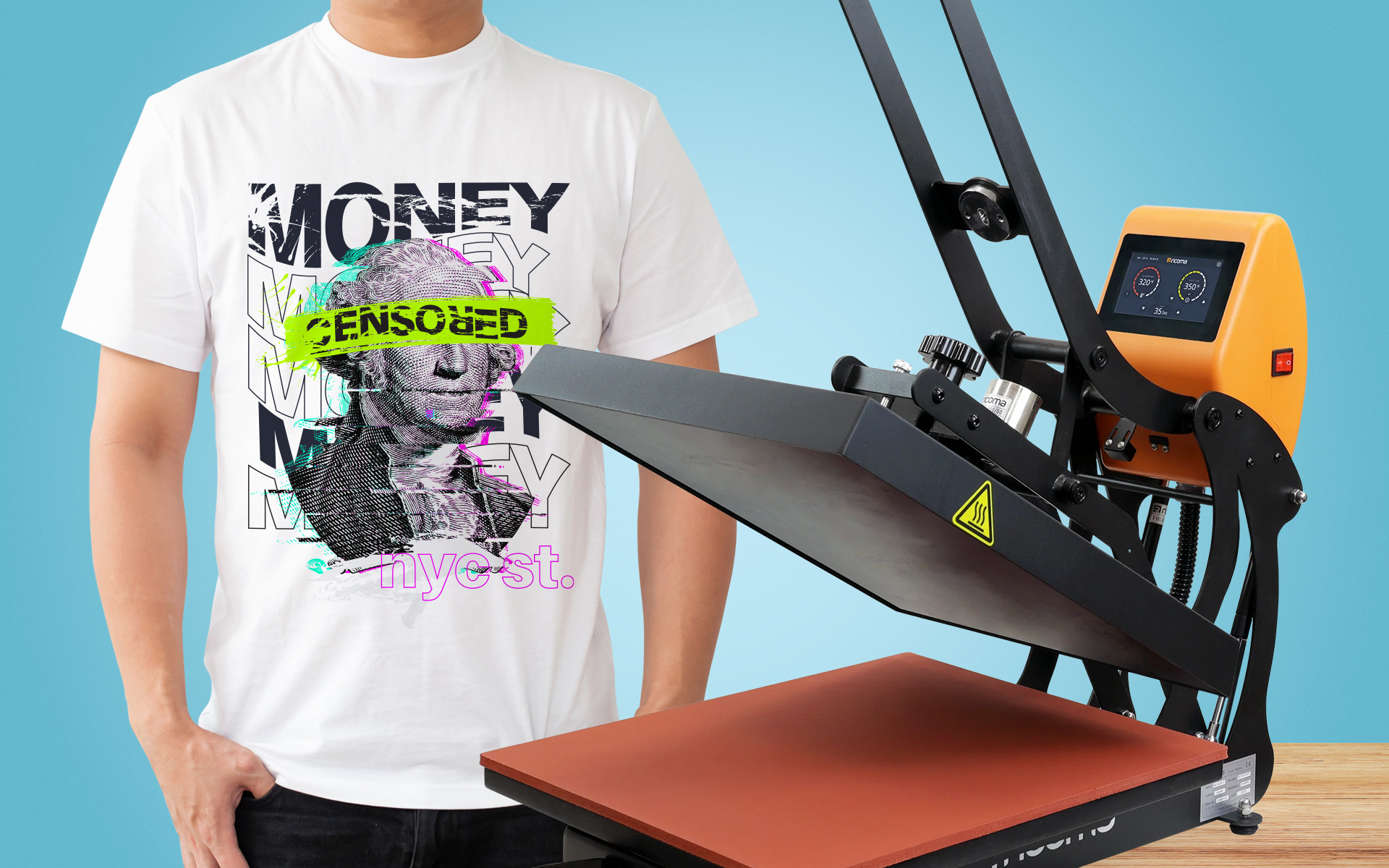Discover the Best Branded Clothing for Every Occasion and Style
Discover the Best Branded Clothing for Every Occasion and Style
Blog Article
A Comprehensive Overview to the Different Sorts Of Towel Printing Methods
Beginning on an expedition of cloth printing techniques discloses a fascinating intersection of practice and development. Each approach, from the thorough workmanship of block printing to the fast efficiency of display printing, serves one-of-a-kind objectives and uses unique benefits. Digital printing's adaptability and environmental consciousness stand in stark comparison to the swift customization of warmth transfer printing. Dye sublimation printing astounds with its ability to create vivid, enduring styles on synthetic fabrics. To truly grasp the subtleties and potential applications of these diverse strategies, a deeper examination is crucial.
Block Printing
Block Printing, among the earliest approaches of fabric decoration, has a rich history that goes back to ancient people. Stemming in China around 220 A.D., this technique later on spread to India and eventually Europe. The process involves carving intricate layouts right into wooden blocks, which are then dipped in dye and pushed onto material to create patterns. This approach is remarkable for its capability to create very detailed and recurring layouts.
The accuracy and craftsmanship included in block printing make it a labor-intensive process, however it also allows for a high degree of customization. Craftsmens can develop one-of-a-kind patterns by incorporating different blocks or varying the application of color. This flexibility has actually added to the long-lasting popularity of block printing in both traditional and contemporary textile design.
Block printing is especially valued for its visual qualities, including the mild variations in pattern and color that arise from the hand-printing process. These flaws lend a special character to every piece, distinguishing it from mass-produced fabrics. In spite of advancements in contemporary printing modern technologies, obstruct printing continues to be a treasured technique, celebrated for its historic importance and imaginative worth.
Display Printing
Display printing, an additional popular fabric design method, has actually changed the industry with its efficiency and flexibility. This technique entails developing a stencil, called a display, and utilizing it to apply layers of ink on the printing surface. Each shade in the layout needs a different screen, which allows for complex and vivid multi-colored prints.

Among the essential benefits of screen printing is its versatility to numerous types of materials, including cotton, polyester, and blends. This technique is specifically suitable for large-volume orders due to its cost-effectiveness and rate. The durability of the prints is one more considerable advantage, as the ink bonds well with the textile, making certain lasting layouts that withstand several washes.
The procedure begins with preparing the displays by coating them with a light-sensitive emulsion. As soon as dried out, the layout is moved onto the emulsion-coated screen using a UV source of light. The revealed locations harden while the unexposed parts are cleaned away, developing a stencil. Ink is after that pressed through the pattern onto the textile utilizing a squeegee.
Screen printing is widely used in the apparel industry, marketing products, and custom garments. Its ability for top notch, detailed prints secures its status as a cornerstone technique in textile printing.
Digital Printing
Digital printing has promptly become an advanced strategy in the fabric sector, leveraging advanced technology to generate high-resolution layouts directly onto textile. Unlike standard techniques, electronic printing uses inkjet printers to deposit pigment or dye-based inks onto fabrics, allowing vivid and elaborate patterns with an exceptional degree of detail and color precision.
Among the main benefits of electronic printing is its versatility. This technique enables on-demand printing, which considerably minimizes waste and decreases inventory costs. In addition, it supports brief runs and customized styles, making it ideal for limited-edition collections and custom tasks. The elimination of screens and other configuration requirements further enhances effectiveness, lowering production time and labor prices.
In addition, electronic printing is eco-friendly. Branded clothing. It utilizes water-based inks and calls for less water and power contrasted to standard techniques, straightening with lasting methods. The precision of electronic printing also allows the use of a bigger variety of materials, consisting of cotton, silk, polyester, and blends, ensuring adaptability throughout various applications
Warm Transfer Printing
Just how does heat transfer printing change material style? This method has brought significant innovations by enabling lively and complex layouts to be transferred check here onto a selection of fabrics with exceptional accuracy. Heat transfer printing entails making use of heat and pressure to move a layout from a specially created paper onto textile. This process begins with publishing the preferred image onto transfer paper making use of specialized inks. When the image is published, the paper is placed onto the fabric and subjected to a heat press, which moves the ink from the paper to the fabric.
Among the key advantages of warm transfer printing is its ability to generate high-grade, in-depth pictures quickly and successfully. It is especially appropriate for small production runs and personalized orders, making it a popular choice for individualized clothing and advertising things. In addition, this method is functional, fitting various kinds of fabrics consisting of cotton, polyester, and blends.
Moreover, heat transfer printing is reasonably cost-effective contrasted to various other techniques, as it needs marginal configuration and lower preliminary investment - sublimation printing. This affordability, coupled with its capability for producing vibrant, resilient prints, underscores its critical role in contemporary material design

Dye Sublimation Printing
Dye sublimation printing, an advanced material printing strategy, uses unrivaled vibrancy and read review long life for layouts on various synthetic fabrics. This technique includes converting strong dye into a gas without going through a fluid state, permitting the color to penetrate the textile flawlessly. The process starts with printing the design onto an unique transfer paper using sublimation inks. The published transfer paper is after that put on the material, and both undergo high warm and stress using a warm press. The warm triggers the color to sublimate and bond with the fabric fibers, developing a permanent, high-resolution print that stands up to fading and fracturing.
Among the key advantages of color sublimation printing is its capability to produce continuous-tone prints with intricate information and vivid colors. Unlike other printing methods, the color enters into the fabric rather than resting on top of it, leading to a soft and breathable surface. This method is especially effective on polyester and various other artificial products, making it a prominent option for sports apparel, banners, and home textiles. Furthermore, color sublimation is environmentally pleasant, as it requires no water and produces marginal waste, aligning with lasting production methods.
Final Thought
In summary, fabric printing techniques each deal special benefits customized to different needs and applications. Block printing is revered for its artisanal top quality, while display printing is useful for high-volume production. Digital printing offers flexibility and ecological advantages, whereas warm transfer printing is ideal for rapid modification. Color sublimation printing produces vibrant, long lasting designs on artificial materials. The variety and advancement within these methods highlight the navigate to these guys vibrant and advancing nature of the towel printing industry.
Each approach, from the thorough workmanship of block printing to the quick efficiency of display printing, serves special objectives and supplies distinctive benefits. Digital printing's versatility and environmental awareness stand in stark contrast to the speedy personalization of heat transfer printing. Despite advancements in modern printing technologies, block printing stays a valued strategy, celebrated for its historic value and creative value.
Dye sublimation printing, a sophisticated textile printing technique, supplies unmatched vibrancy and durability for designs on different artificial textiles. Digital printing supplies flexibility and ecological benefits, whereas warmth transfer printing is suitable for fast modification.
Report this page